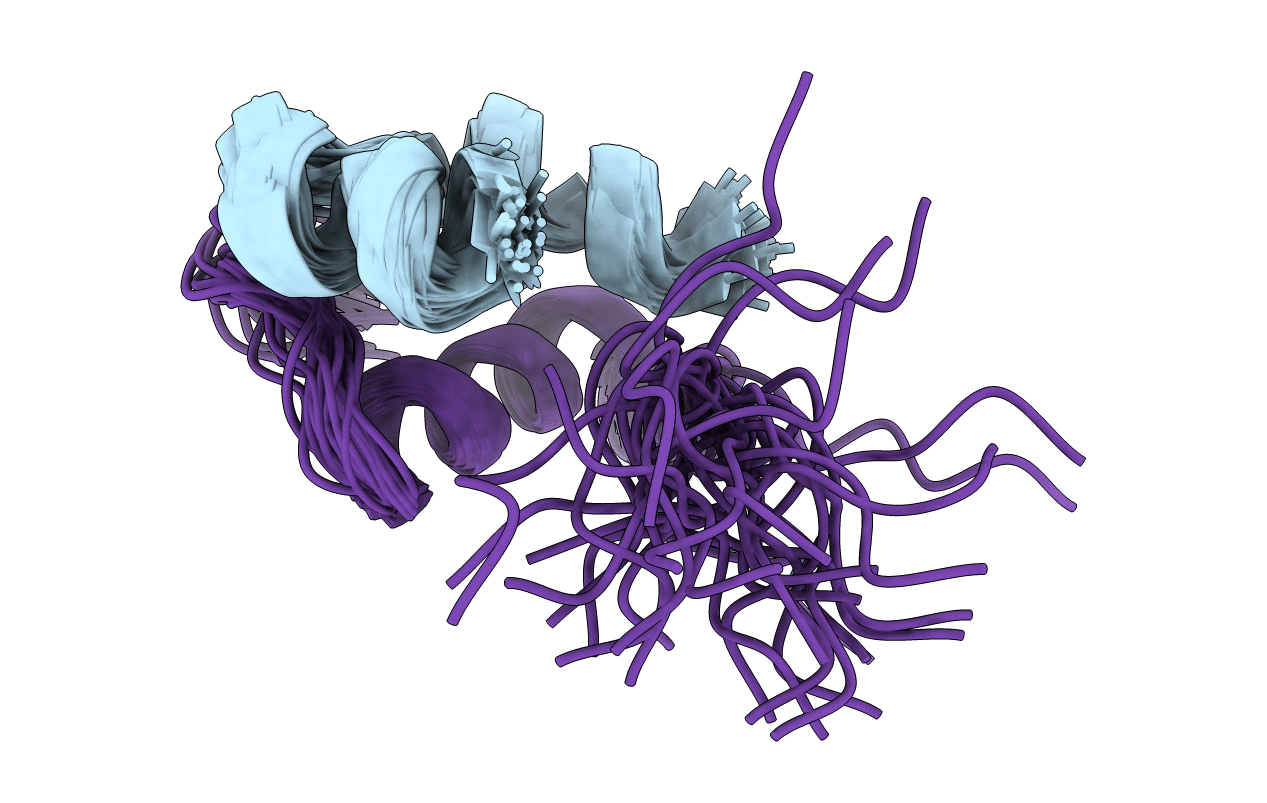
Deposition Date
2014-05-17
Release Date
2014-06-11
Last Version Date
2023-12-27
Entry Detail
PDB ID:
2MPG
Keywords:
Title:
Solution structure of the [AibB8,LysB28,ProB29]-insulin analogue
Biological Source:
Source Organism:
Homo sapiens (Taxon ID: 9606)
Method Details:
Experimental Method:
Conformers Calculated:
100
Conformers Submitted:
35
Selection Criteria:
structures with the least restraint violations


